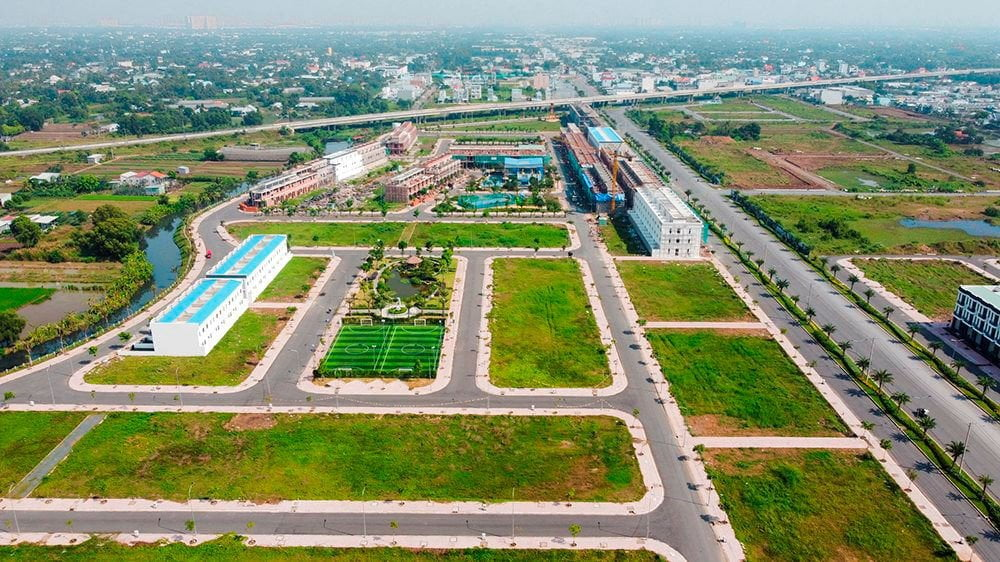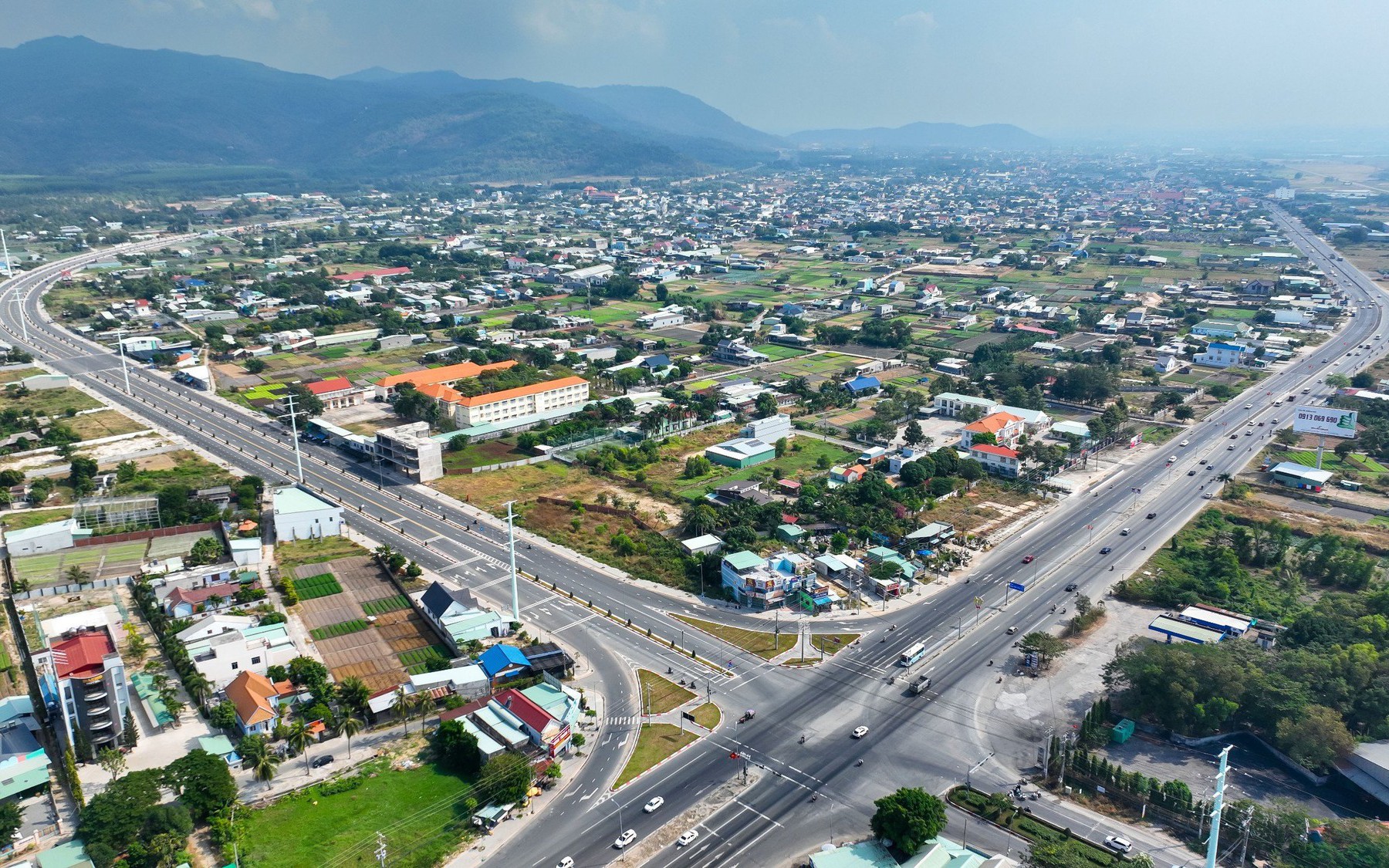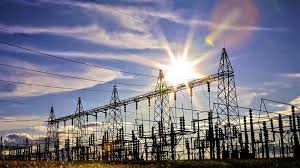Methods for land valuation making the land price list in 2025 in Vietnam
When making the land price list in Vietnam, what valuation methods are applied? What types of land are included in the content of making the land price list?

Methods for land valuation making the land price list in 2025 in Vietnam (Image from Internet)
What types of land are included in the content of the land price list in Vietnam?
Pursuant to Clause 1, Article 12 of Decree 71/2024/ND-CP, the content of the land price list will stipulate the land prices for the following types of land:
- Price for annual crop land including rice cultivation land and other annual crop land;
- Price for perennial crop land;
- Price for production forest land;
- Price for aquaculture land;
- Price for salt production land;
- Price for homestead land in rural areas;
- Price for homestead land in urban areas;
- Price for industrial park land, industrial cluster land;
- Price for commercial land;
- Price for non-agricultural production establishment land;
- Price for land used for mineral activities;
- Price for various types of land in high-tech zones;
- Price for other types of land as classified under Article 9 of Land Law 2024 not specified from point a to point m, Clause 1, Article 12 of Decree 71/2024/ND-CP as per local management requirements.
Additionally, under Clause 2, Article 12 of Decree 71/2024/ND-CP, the determination of land prices for some other types of land in the land price list is as follows:
- For protective and special-use forest land, the price is based on the production forest land price in the adjacent area;
- For concentrated livestock land and other agricultural land, the price is based on agricultural land prices in the adjacent area;
- For land used for public purposes with business activities, and other non-agricultural land, the price is based on the non-agricultural production establishment land price in the adjacent area;
- For land for agency headquarters construction, public works construction; land used for public purposes without business activities, religious, belief use land; cemetery, funeral home, cremation facility land; storage of cremains land, the price is based on land with similar use purpose in the adjacent area. If the land price list does not have prices for land with similar use purposes, it is based on the homestead land prices in the adjacent area;
- For rivers, canals, streams, and specialized water surface land, the price is determined based on their intended use;
Methods for land valuation making the land price list in 2025 in Vietnam
According to Clause 7, Article 158 of Land Law 2024, land valuation methods used to make the land price list include:
- The comparison method is performed by adjusting the price of parcels with the same land use purpose and certain similarities in factors affecting the land price that have been transferred in the market or auctioned land use rights with financial obligations completed by the successful bidder, through analyzing and comparing factors influencing land price after excluding the value of assets attached to the land (if any) to determine the price of the parcel needing valuation.
- The income method is performed by taking the average annual net income per land area and dividing it by the average savings deposit interest rate for 12-month term deposits in Vietnamese dong at commercial banks where the state holds over 50% of charter capital or total shares with voting rights in the provincial area for the three consecutive years up to the end of the nearest quarter with data before the land valuation date.
- The surplus method is performed by taking the estimated total development revenue minus the estimated total development costs of a land parcel or land zone based on the most efficient land use (land use coefficient, construction density, maximum building height) according to the land use plan, detailed construction plan approved by competent authorities.
- The land price adjustment coefficient method is performed by multiplying the land price in the price table by the land price adjustment coefficient. The land price adjustment coefficient is determined by comparing the land price in the land price list with the market land price.
- Other land valuation methods not yet regulated will be determined by the Government of Vietnam after the approval of the National Assembly Standing Committee.
- Key word:
- land price
- Vietnam
- Fee for issuance of Land Use Rights Certificate in Ho Chi Minh City in 2025
- According to Resolution 1211, what are regulations on the provincial merger scheme in Vietnam?
- Is it permitted to inherit land without a Certificate of Land Use Rights in Vietnam?
- Latest activities of real estate trading floors in Vietnam
- Penalties for fraudulent activities on e-commerce platforms in Vietnam
- Guidance on issuing driver licenses for individuals with expired driver licenses in Vietnam
-
- Process of detection and inspection of inaccurate ...
- 14:04, 24/02/2025
-

- According to Resolution 1211, what are regulations ...
- 19:00, 22/02/2025
-

- Amendment of criteria for selection of essential ...
- 15:41, 22/02/2025
-

- Increase gasoline prices in Vietnam from 3:00 ...
- 15:30, 22/02/2025
-

- Certain conditions for conducting remote auditing ...
- 15:19, 22/02/2025
-

- Resolution 178 on the organization of the agencies ...
- 09:04, 25/02/2025
-

- Methods for land valuation making the land price ...
- 08:57, 25/02/2025
-

- Fee for issuance of Land Use Rights Certificate ...
- 07:56, 25/02/2025
-
- Process of detection and inspection of inaccurate ...
- 14:04, 24/02/2025
-

- Conditions and criteria for separating land area ...
- 08:08, 24/02/2025

 Article table of contents
Article table of contents


